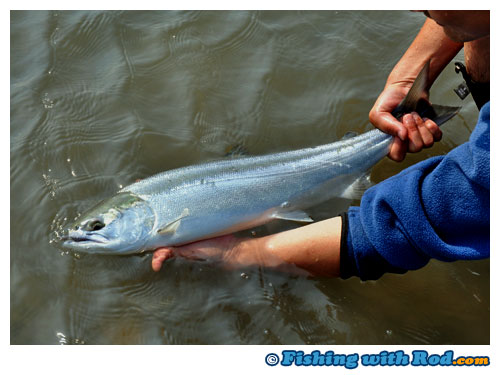 Â
Â
With the Fraser River sockeye salmon returning in much lower number than first anticipated, the debate on catching and releasing sockeye salmon by recreational fishermen when there is not a sockeye salmon retention opening is once again very heated. With water temperature gradually rising in the Fraser River, it is thought that sockeye salmon that are incidentally hooked and released may die prematurely due to stress. What makes this year’s discussion slightly different, is the presence of last year’s sockeye salmon catch and release study result, which indicates a rather low mortality rate on fish that were caught by recreational fishermen. While the angling community has adopted these numbers as evidence that show incidentally catching and releasing sockeye salmon while targeting chinook salmon on the Fraser has minimal impact, there are some cautionary notes that all should be aware of so we do not regret our actions later.
What alarms me is that science has become so mainstream that it is now a religion on its own. This has had positive impacts, such as the green movements in recent years, but it takes away a lot of integrity that science once had. It has become a powerful ammunition that advocates (note, not suggesting you) use to sway public’s opinion. No disrespect to anyone, but swaying the opinion of individuals without a scientific background is easy and it has a cascade effect that’s almost impossible to stop once those ideas are planted in people’s mind.
One should realize that scientific papers are not conclusive. In the scientific community, studies undergo peer reviews and critiques. This is done not because others dislike the results obtained in the study, but it is done to determine if the methodology used to obtain those results and the statistical interpretation of those results are done correctly. While there are the usual participants who are against the sockeye sportfishery dismissing the study completely, there are also individuals who have a scientific background making some constructive criticisms on the study. Again, in an internet discussion forum where most do not reveal their identity and background, it is difficult to decide whose words should be taken seriously at first. On the other hand, outspoken advocates of the sockeye sportfishery, who mostly have not looked at the study in depth, dangle the result of this study in front of you before you have a chance to blink.
A mortality study of caught and released sockeye salmon is needed because as long as the Fraser River is opened for sportfishing, incidental catches during sockeye salmon closures will occur. Quantitative facts allow fishery managers to make sound decisions instead of half guessing on what might be happening in the water. Some suggest that the second part of the study should not be conducted due to warm water temperature, my response would be to look at the large picture. Data obtained from caught and released sockeye salmon at a higher water temperature than last year’s lead to comparative studies of caught and released sockeye mortality at various water temperature. This information would be beneficial for managers who need to make conservation measures when discharged water temperature rises.
Results from last year’s study were pretty uniform to what is already known. Fish that are hooked externally survive better than fish that are hooked internally because it minimizes the chance of servere loss of blood. This is why in some parts of the world, treble hooks are used rather than single hooks as a management measure in catch and release fisheries. Managers and anglers rather see externally injured fish rather than dead fish. This is also why some have started pegging their trout bead a few inches above the hook so the fish is hooked outside the jawline rather than in its oral cavity. It may contradict the traditional definition of fishing, but from the practical aspect, it serves a better purpose in catch and release fisheries.
That being said, these results cannnot be viewed as definitive proof that the number of sockeye salmon dying from catch and release is minimal. The results presented are simply demonstrating temporary mortality, due to the fact that these fish were held for 24 hours in a channel that has a similar discharge velocity of the Fraser River around Chilliwack. Scientific studies create models of the real scenario, they do not paint the whole picture. Factors such as predation of released fish during its recuperation, recapturing by other sportfishermen and nets, mortality in higher stream velocity, spawning performance are not being considered. This is not suggesting that study designers intend to disregard these and flaw the results. Budget constraints and the inability to create these scenarios prevent them to factor these in. Nevertheless, they are significant factors that can skew what we are actually trying to find, which is how many caught and released sockeye salmon can arrive at their natal streams and spawn successfully.
This is why the study is planned for five years and it is premature to use one year’s result to conclusively suggest the sockeye salmon that anglers catch and release are perfectly fine. This type of false sense of security is not good for the fish, and not good for anyone.
Based on what has been written, most might suggest that I am against the sockeye sportfishery. At the same time, others might suggest I am for the sockeye fishery based on my view on the difference between external and internal injuries of caught and released fish. For or against, if only it is that simple, that black and white, there wouldn’t be these long winded debates at all.
If there is one message to take away from this long post, it is that anglers should have some reservation on the unnecessary impact of the fish that they need to release. Do I need to be by-catching a certain number of sockeye salmon when exclusively targeting chinook salmon? Would the sockeye salmon that I release make it to their natal streams and spawn successfully? Maybe, maybe not, one would never know, but remember that these doubts may have significant impacts on the resource when it can be avoided. Would barfishing, which has a much smaller possibility of intercepting sockeye salmon, be a good alternative for targeting chinook salmon?
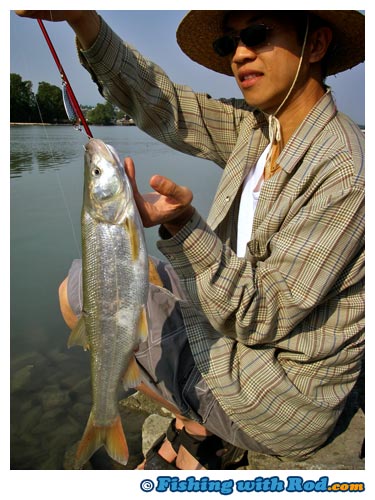

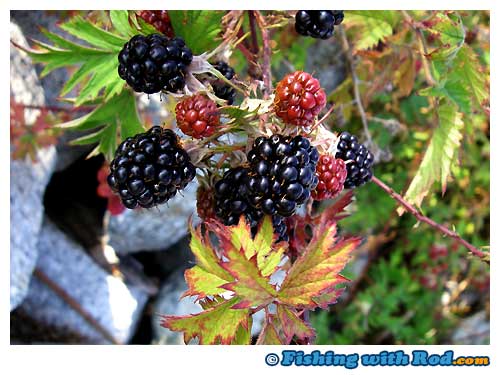
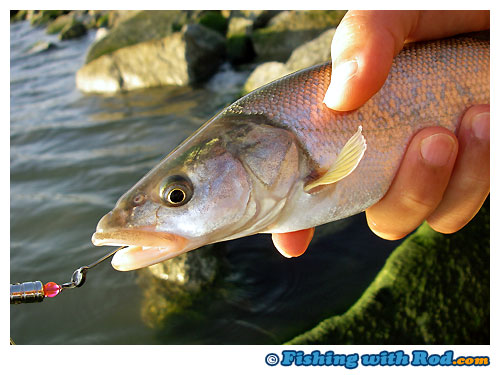
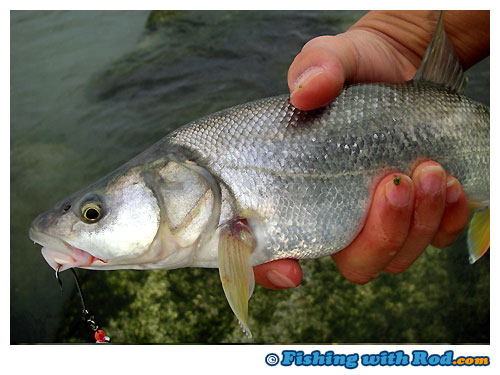
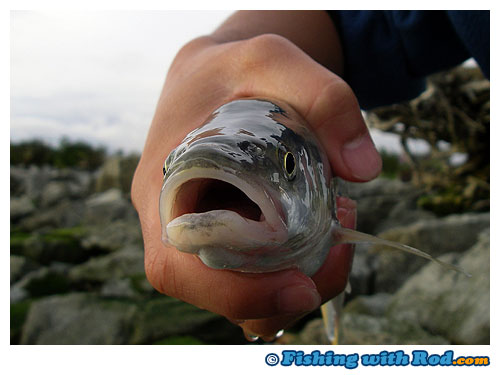
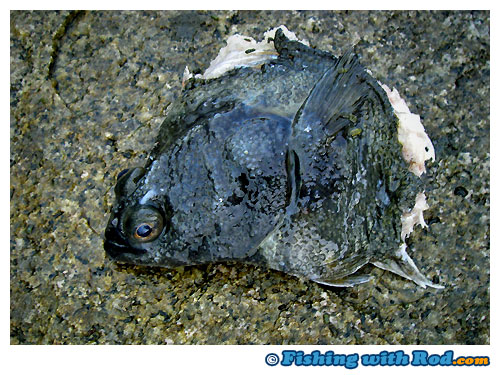
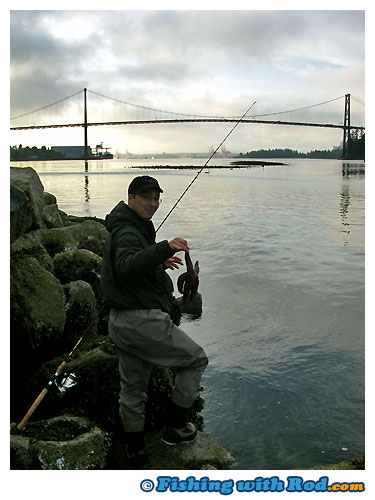
 Â
Â